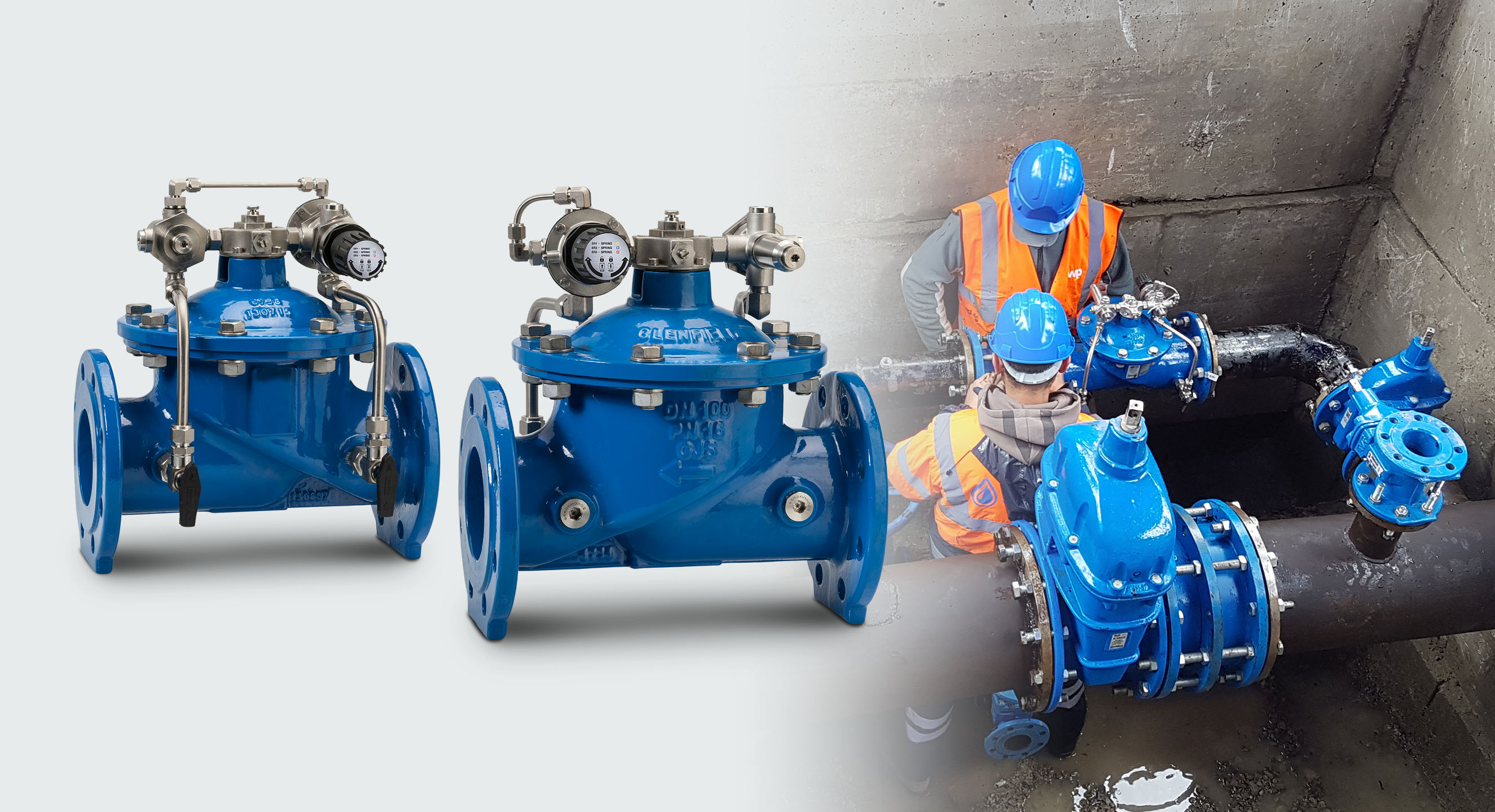Achieve Seamless Integration and Control With Quality Building Automation Controls
In the realm of contemporary building management, the importance of quality structure automation controls can not be overstated. As innovation remains to advance, the combination and control of various systems within a structure have evolved to be extra efficient and advanced. The smooth operation and monitoring of lights, COOLING AND HEATING, safety, and various other structure functions have come to be extremely important for enhancing resident convenience, energy effectiveness, and total operational performance. The journey in the direction of achieving true combination and control is a complex one, with considerations varying from system compatibility to cybersecurity. Accepting quality building automation controls is not simply an issue of comfort yet a calculated necessary for companies aiming to enhance their facilities' efficiency and sustainability.

Evolution of Building Automation Controls
Throughout the previous couple of years, the development of building automation controls has actually substantially changed the method structures are handled and operated. Constructing automation systems mostly concentrated on fundamental functions such as regulating air, heating, and ventilation conditioning (HVAC) systems. Nonetheless, as innovation progressed, these controls have actually ended up being much more advanced, permitting for a bigger variety of building systems to be incorporated and managed centrally.
The advancement of building automation controls has seen a change in the direction of even more intelligent systems that can adjust to altering problems in real-time. This flexibility is critical for optimizing energy efficiency and making sure occupant comfort. Additionally, modern structure automation controls currently offer attributes such as anticipating upkeep, remote monitoring, and data analytics, allowing facility managers to make data-driven choices to boost structure performance.

Benefits of Quality Integration
The innovation in structure automation controls towards more smart systems has emphasized the significant benefits of high quality integration in enhancing structure procedures and boosting general effectiveness. This centralized control also offers much better presence and understandings right into structure efficiency, enabling proactive maintenance and optimization techniques. Overall, the advantages of top quality integration in structure automation controls are obvious, offering increased efficiency, comfort, and operational performance.
Enhanced Individual Experience and Availability
Enhancing individual interaction with structure automation manages via user-friendly design and boosted accessibility boosts the general experience for passengers and facility supervisors alike. By concentrating on customer experience, building automation systems can come to be extra effective and easy to use. Intuitive user interfaces, clear navigating, and adjustable settings empower individuals to engage with the controls quickly and efficiently.
Ease of access functions play a critical role in guaranteeing that all individuals, consisting of those with disabilities, can utilize the structure automation manages with convenience. Including functions such as voice commands, responsive buttons, and color-contrasted display screens can boost availability and make the controls much more comprehensive.
In addition, enhanced user experience leads to greater individual satisfaction, enhanced productivity, and much better decision-making. Owners can readjust environmental setups according to their preferences, while facility managers can efficiently check and handle building systems - control valves. Generally, prioritizing individual experience and accessibility in structure automation controls adds to an extra effective and seamless building environment for all stakeholders involved
Lasting Practices With Automation

In addition, automation can help with the integration of renewable energy sources such as solar panels or wind turbines right into structure procedures. Through automation, buildings can align with modern-day sustainability goals and contribute to a greener future.
Future Trends in Building Control Solution
One popular pattern shaping the future of building control systems is the enhanced integration of Artificial Intelligence (AI) and maker knowing. In addition, the Web of Points (IoT) is changing building control systems by attaching sensors and tools to boost and streamline operations performance.
One more key fad is the emphasis on cybersecurity steps to shield against prospective hazards to building automation systems. As structures come to be much more interconnected, making certain durable cybersecurity protocols will be important to secure delicate information and avoid unapproved accessibility.
Additionally, the change in the direction of cloud-based systems is getting momentum, enabling browse around this site streamlined control and remote accessibility to building systems. This assists in less complicated monitoring, maintenance, and updates, improving the overall performance and versatility of structure control systems. As modern technology remains to development, these fads are anticipated to form the future landscape of structure automation controls, driving innovation and sustainability in the developed setting.
Conclusion
Finally, developing automation controls have developed significantly, offering numerous benefits such as boosted customer experience, access, and lasting techniques. Quality assimilation plays a key duty in attaining smooth control and effective procedure of building systems. Future patterns in building control systems are likely to focus on more boosting automation capacities for enhanced energy efficiency and general performance. It is vital for building owners and operators to focus on the fostering of high quality building automation manages to enhance building procedures and accomplish long-lasting sustainability goals.
In the world of modern-day building management, the importance of top quality structure automation controls can not be overstated. Generally, the development Extra resources of structure automation manages proceeds to drive innovation in the structure management market, providing brand-new possibilities for developing smarter and much more sustainable structures.
The development in structure automation controls towards more smart systems has emphasized the significant benefits of quality assimilation in maximizing building operations and improving overall effectiveness. Overall, focusing on customer experience and access in building automation regulates adds to a more smooth and productive building environment for all stakeholders entailed.
It is necessary for building owners and operators to focus on the fostering of high quality structure automation regulates to maximize building operations and accomplish lasting sustainability objectives. - control valves